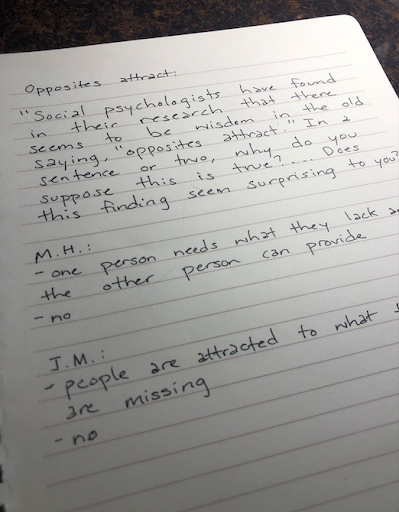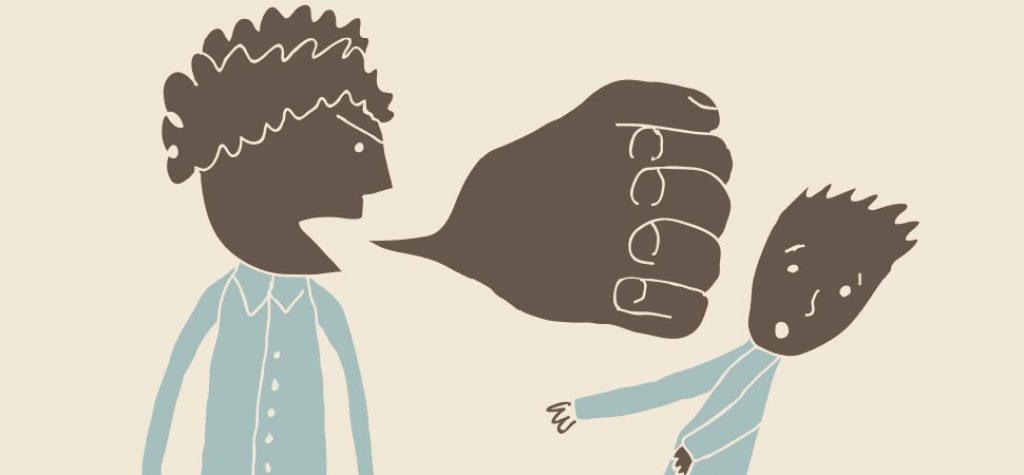Artifact 5 (Module 8):
There is no doubt stereotypes have changed over the years. You can see the changes between Katz and Braly’s results, Gilbert’s results, and my results. Changes may be attributed to what is going on in the world involving these groups, such as ethnic conflicts and wars. I believe the black stereotype has changed because the group’s position in society is changing. African Americans are doing everything all other groups do, so they are being seen more as equals now as they should be. Even though as a whole, the stereotype is still negative, we are shifting towards a more positive stereotype. This is not to say that there is no work left to do. People’s negative stereotypes towards African Americans still deserve to be challenged to reach a less prejudiced society.

Through assigning adjectives to different ethnic and racial groups, I uncovered my own stereotypes on these groups, which was a bit uncomfortable. It was a good experience, however, because I gained self-awareness of my attitudes towards different groups. I learned that stereotypes have changed greatly throughout the years after comparing the results at three different points in time. Above is a word cloud of stereotypes of Germans and German-Americans. I selected this image because it summarized stereotypes of my own ethnic group that I can learn from and reflect on.
Artifact 4 (Module 3):
In this activity I gathered two participants per prompt. The “similarity leads to attraction” participants stated their theories were that common interests are attractive, we have a bias for our own interests, and it is important in relationships for morals and values to align. The “opposites attract” participants’ theories were that one person needs what they lack and the other person can provide, and that people are attracted to what they are missing. All participants from both sides stated the finding was not surprising to them. This is very interesting and supports the idea in our readings that our intuition in social psychology may not always be correct or may be conflicting.

I learned that common quotes like “opposites attract” and “similarity leads to attraction” should not be blindly accepted as true. After all, these two quotes express opposing viewpoints. After reading our textbook, I learned that “similarity leads to attraction” holds more truth with the evidence researchers currently have. I chose the image above because it is my notes from when I was collecting data for this activity.
Artifact 3 (Module 12):
I believe the items that indicate the most aggression are a soldier shooting an enemy and an angry son purposefully not writing to his mother who he knows will be hurt by this. After reading the textbook, issues on aggression are clearer to me. Aggression involves harm to living things and requires intention. Any form of harm counts as damage, and self-defense counts if intentional harm was done. Aggression can still be present if the act was part of duty or job responsibility, but it may make it more morally acceptable. It can occur from instinctual behavior or survival. It also can involve animals other than humans. Covert acts do not count as no harm was done (yet). Inaction that harms someone intentionally still counts as aggression. Self-injury does not, as it does not harm others, but the self. Lastly, killing for sport counts as aggression.
Through this activity, I thoroughly learned the definition of aggression through considering examples and conditions. I used the textbook’s definition of aggression to guide my distinctions. Overall, I learned that aggression involves intent and harms others. I chose the above image because it pictures the concept of aggression well.
Artifact 2 (Module 9):
I examined personal ads on ClassifiedAds.com to look for trends in what men are looking for in women and what women are looking for in men. It seems that men are looking for physically fit, younger women who are looking to be in a serious relationship. Women on the other hand are looking for honest, loyal men without bad habits, and are not as concerned about age or fitness.

In this activity, I got to infiltrate personal ads to collect data, which was really engaging and interesting. I learned through looking through these ads that men typically look for more extrinsic traits in women like physical fitness and age, while women typically look for intrinsic traits in men like honesty and loyalty. The image above is a table of the common trends I found in this activity. I chose it because I felt like it summarized the activity and concepts well.
Artifact 1 (Module 10):
I violated the implicit norm of interpersonal behavior by standing too close to people. I did this in various settings: with my boyfriend in the grocery store, with my mom in the living room, and with my brother at the beach. It was an uncomfortable experience for both me and the other person involved. When I would do this, the atmosphere would become uncomfortable and the other person would awkwardly move back and scramble for words like “What are you doing?” I felt a lot of cognitive dissonance while doing this because I was acting against my beliefs, but I rationalized by reminding myself it was for the assignment. I did not realize how powerful norms are to our behavior and feelings and how easily we conform to them every day.
In this activity, I got to experience implicit norms and cognitive dissonance firsthand. I learned that it is really uncomfortable violating social norms for both the person doing the act and the person being subjected to it. This was my favorite artifact because I got to experience the concepts we learned firsthand and it was a bit fun to mess with people. I chose this image because it exemplified what I did in this activity and shows how confused and uncomfortable violating norms can make people.

